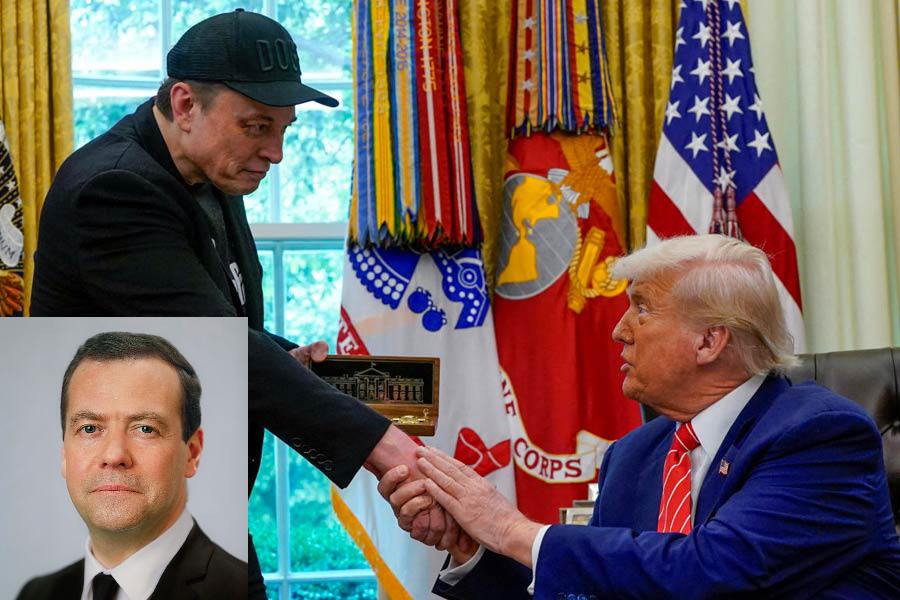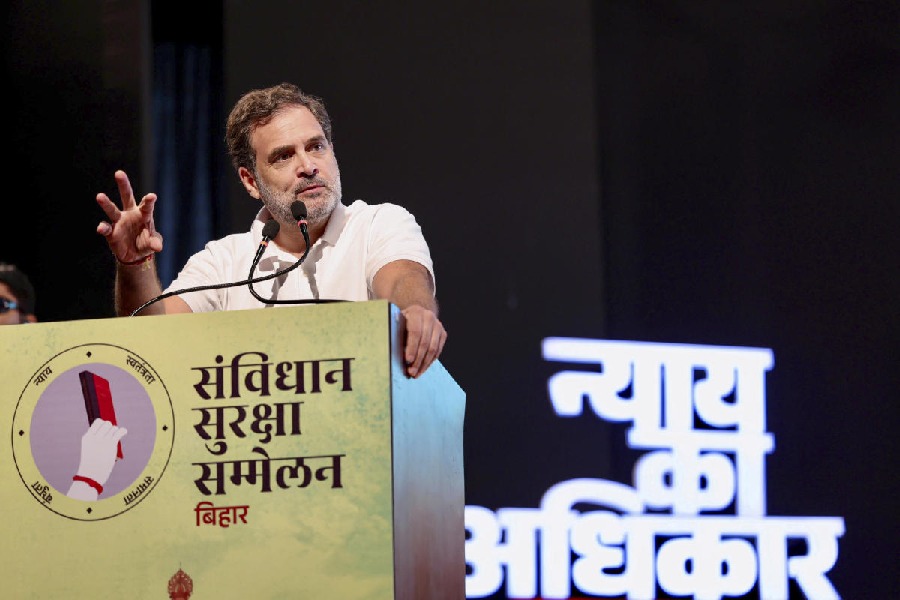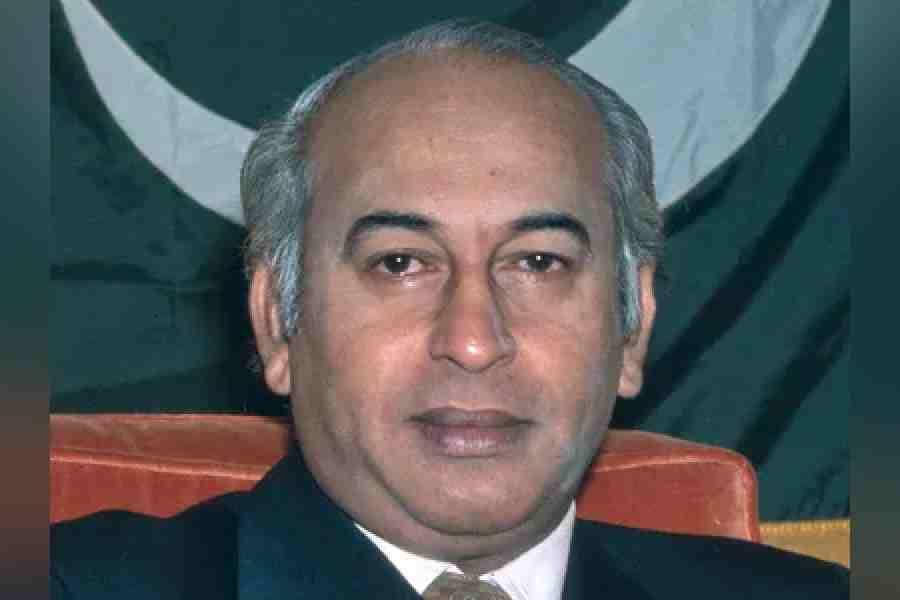
Bhubaneswar, Oct. 1: Mahatma Gandhi, during his seven trips to the state, had once said Odisha was the epitome of poverty and if one wanted to serve the poor, he could serve Utkal.
The extreme poverty in which the villagers of Satyabhamapur, where Gandhi had stayed for two days in 1934, are living might have moved the Father of the Nation, but not the government. Urban aggression may have converted a few murky roads from kuccha to pucca or give space to a few clusters of modern buildings at the village, but the financial plight of the villagers remain the same.
Satyabhamapur, on the outskirts of the capital city, had shot into limelight for contributing the "maximum donation" during Gandhi's stay here.
The amount varies - some say Rs 74, while others claim it to be Rs 77. The elderly villagers still take pride in the donation as Lakshmi Naryan Das, 73, a village elder, said: "The highest financial contribution to Mahatma Gandhi's freedom struggle came from our village. I was told that each of our villagers paid according to the best of their ability."
The Mahatma's visit had, however, paid dividends - at least in terms of veteran leaders paying regular visits to the village. But, not any more. "Earlier, Gandhian leaders used to visit our village on the Gandhi Jayanti day. But, the practice has stopped for several years," he said.

The villagers here do not organise any function on October 2 to commemorate the Gandhi birth anniversary, but have made it an occasion to tell their children about the much-publicised visit of Gandhi to Satyabhamapur.
A special tent had been erected for Gandhi's stay in a mango orchard at the village. Official records reveal that the Mahatma had dined with the Dalit people here to create mass awareness among the people against the evils of the caste system. "The feast was organised in the mango orchard, which spread across 15 acres. It has now reduced to only three acres with around 30 mango trees surviving," said another villager, Rabi Narayan Das.
Das recalled how Mahatma had traversed the entire Puri district and attended various public meetings at Pipili, Siuli, Balakati and other places in Puri. The area had rejoiced when former President Rajendra Prasad, too, visited the village in the 1950s to see the severe drought that had hit this part of the state.
Gandhi followers, including Acharya Harihar Das, used to regularly visit the village and stay in the Thakkar Bapa Ashram, which was a thatched house at that time. "They tried to educate the villagers about the Gandhian values," said Das.
Another villager, Maguni Bhoi, 73, who used to work as a telephone operator, said: "Earlier, students from different areas used to stay and study in this ashram. But failing to get any patronage from the government, the school has been closed. Now, the thatched house has been converted into a pucca house. The villagers spend their leisure time here."

Pictures by Ashwinee Pati
The village, which has more than 800-year-old history, has also an equally eminent people visiting them. Chaitanya Mahaprabu is said to have lived at the village for a few days. It houses a 600-year-old Gopinath temple. The villagers believe that the visits of the great personalities have its impact still on their lives. They have rarely experienced any conflict among them and mostly co-habit in peace.
However, with the conversion of the muddy road linking the main Puri canal road and its proximity to Bhubaneswar, the land price here has skyrocketed. Nevertheless, this failed to uplift the villagers' financial condition. Most of the villagers, particularly belonging to the poorer strata, have sold their land at throwaway prices to meet their social needs. They have also left their agrarian practices. "The city life has its impact on our lives. Level of poverty remains the same. The people, who have sold their land, now lives with poverty," said another villager.
"Nothing has changed over the years. We continue to languish in poverty," said another villager, Debabrata Das, working in a bank.
The village, as things stands today, is still far from being developed as no tangible government help can be visible directly influencing the villagers' life. Though road connectivity is there, the villagers' standard of living is yet to improve to a level that would have pleased the Mahatma.
Despite the villagers' consistent demand to improve its health infrastructure, not a single primary health centre has yet been established here. A villager, Kartik Chandra Das, said: "When any one of us falls sick, he has to go Balakati, 6km from here, or to Bhubaneswar for an immediate health check-up. If government sets up at least one dispensary with a doctor and few medical staff members, it will be of a great help to us."










